There are many different kinds of flossers available, but which one is right for you? Flossers are cords of thin filaments used for interdental cleaning. These tools are important for maintaining oral health, as they remove food particles and dental plaque from between teeth. Read on to find out more. Here are a few benefits of flossers. Also known as interdental brushes, flossers are great for removing food particles and plaque from between teeth.
Table of Contents
Water flosser
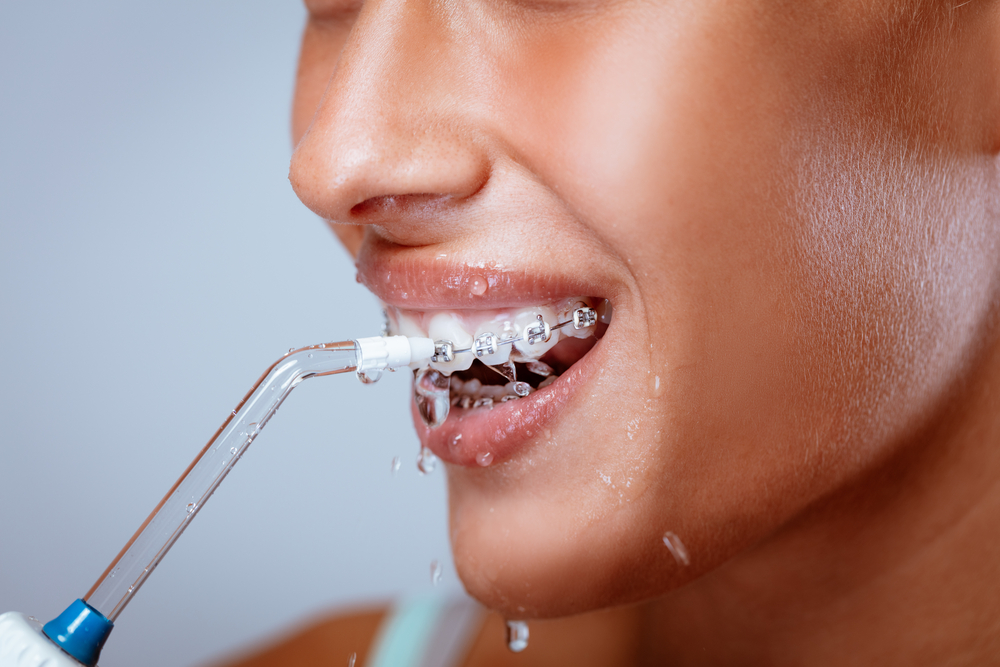
There are many different types of water flossers. There are countertop, battery-operated, and cordless models. The countertop type uses water to clean teeth but can be quite heavy. Cordless water flossers can be small and portable, but may not be as powerful as a countertop model. You will want to keep these things in mind when choosing a water flosser. This article will discuss the different types of water flossers and how to choose the best one for your needs.
Unlike traditional floss, water flossers can clean deep between teeth. They can penetrate periodontal pockets to remove plaque and food. Regular flossing is a necessary part of good oral hygiene, and water flossers make it easier to clean these areas. A water flosser allows you to get rid of plaque without making a mess or hurting your teeth. Water flossers are also an ideal alternative for people who do not like the messy mess of using conventional floss. A water flosser can help you keep your mouth healthy and prevent cavities, gum disease, and other oral health problems.
While water flossers are convenient to use, they can be expensive, especially if you have to buy a water-powered model. Depending on the model, they may come with multiple tips. While the most common is the universal-use tip, other options may include braces or implant-specific tips. To switch between different tips, simply press the eject button on your water flosser. When changing the water flosser tips, you should be using the lowest pressure setting. Remember to keep your mouth closed when using it, which helps prevent splashes of water and allows the water to flow into the sink.
The Waterpik is one of the most popular types of water flossers. They cost anywhere from $30 to 70 and are a great supplement to a regular oral care routine. Unlike traditional floss, Waterpik is easy to use and can reach places that traditional floss can't reach. You should use both types of floss to achieve maximum gum health. However, the effectiveness of these methods varies depending on their manufacturers. It is important to read instructions carefully to avoid using the wrong type.
Floss pick
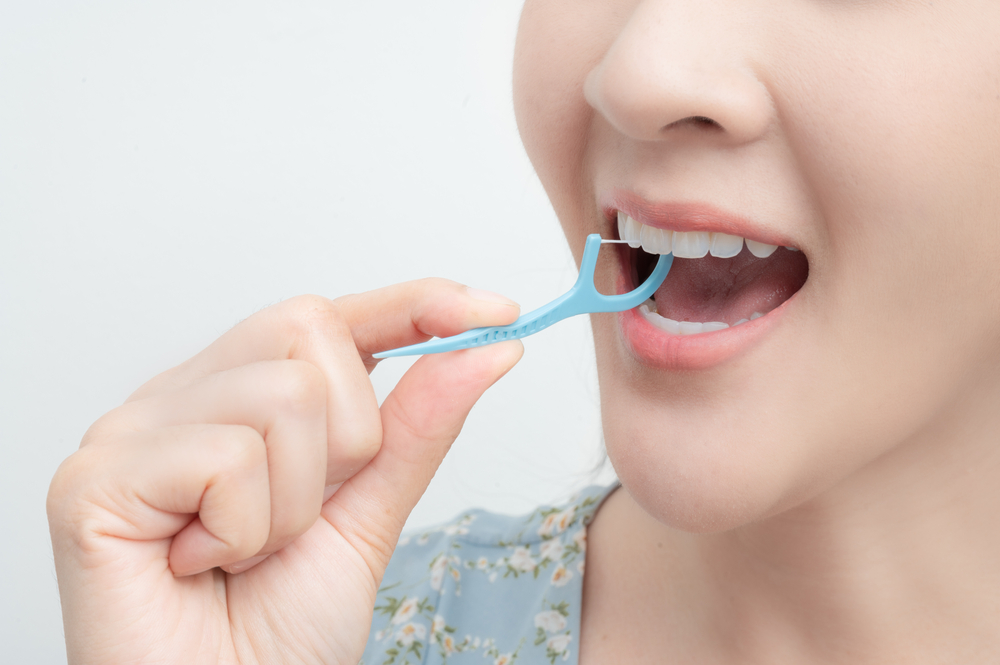
A Pick for Flossers has an ergonomic Y shape, which allows you to floss the back and front teeth more efficiently. It also features advanced features, such as a scrubbing action to clean all parts of the mouth. It is not recommended to use the same piece of floss between all your teeth, as this allows bacteria and bad bugs to easily move from one part of the mouth to another. This means that you should use two or more types of picks when using a Pick for Flossers.
Floss picks are another popular option for Flossers, which are more comfortable to use for younger children. The shape of the floss pick is easy to fit into the mouth and can be easily carried from one place to another. They can be used for a variety of dental hygiene purposes and are an excellent alternative to traditional dental floss. Pick for Flossers should be small enough to fit in your mouth easily and can fit into a pouch for convenient storage.
Floss picks are easy-to-hold plastic implements that come with dental floss already attached to them. The pointed end of the pick is useful in removing larger pieces of food from between the teeth. They are small and easy to carry and can fit into a purse, car, or gym bag. These tools are designed to fit in any pocket, so you can keep them handy for flossing on the go. They can also be stored on a desk or purse for easy access.
The use of a Pick for Flossers makes flossing more convenient and easier for anyone, from the inexperienced to the physically challenged. They can also make it easier to reach the back teeth. Unlike traditional dental floss, a Pick for Flossers can also reach areas that traditional dental floss can't. However, it's important to remember to use a pick for Flossers just as effectively as traditional flossers and only use them when needed.
Interdental brush
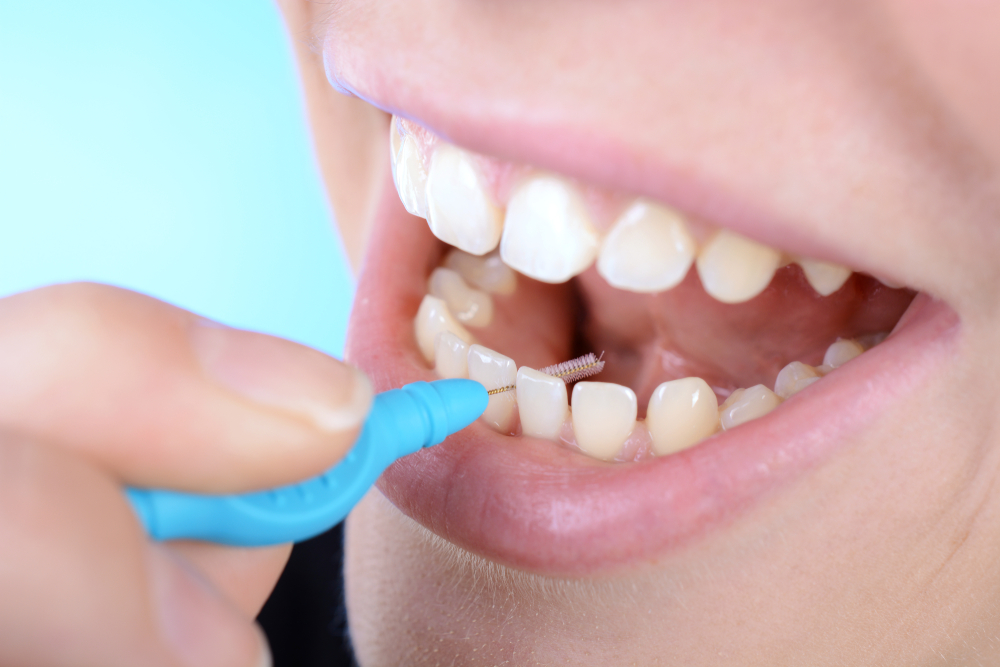
An interdental brush, also known as an interproximal brush or a rubber pick, is used to clean between teeth. There are several brands of interdental brushes on the market, including TePes. Here, we'll examine the different types and their uses. Bristles vary in diameter, with most brands labeling their diameter in millimeters (mm). Some are straight, while others are tapered.
Brushes for cleaning between teeth are made of wire and fiber bristles and are designed to clean between the teeth. The large surface area helps to physically remove plaque and other food debris. Interdental brushes are more convenient than floss. Most people find that they prefer using a brush instead of floss. They also tend to develop a routine of regular cleaning. But if you're not a fan of brushing and flossing, an interdental brush may be the best option for you.
A rubberpik has proven to be an excellent interdental brush for all patients, but it may be more effective for patients with widened embrasures. A rubberpik is easier to use and patient-accepted than a dental flosser, and it recontours the interdental tissues. There are also wooden interdental aids that may reduce gingival bleeding. Oral irrigators have the potential to reduce gingival inflammation. These devices are preferred over flossing around dental implants.
The first major advantage of using an interdental brush is its efficiency. Research has shown that interdental brushes can remove plaque as much as two millimeters below the gingival margin. They contain a central metal wire core and a series of soft nylon filaments that are twisted around each other. A well-designed interdental brush will be effective for cleaning between molars and other tight spaces. And they're more convenient than floss, which means you can use them more often.
In addition to preventing gum bleeding, an interdental brush helps keep the gap between teeth clean and healthy. It's lightweight, easy to store, and comes with a brush. The benefits of using an interdental flosser go beyond just stopping gum bleeding. Whether you use a dental flosser or not, it is still worth trying out. You'll thank yourself for it later. So, if you're still not convinced, try an interdental brush instead.
String floss
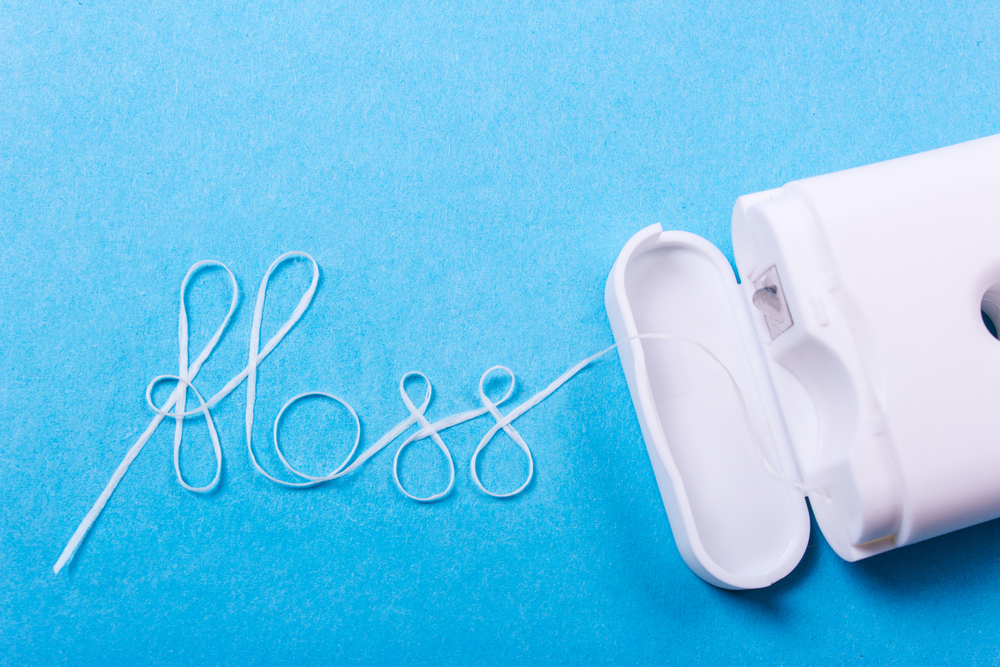
A string flosser is a dental care product that you insert into the tooth to clean it. This device works well for cleaning teeth, but it has some drawbacks. For example, some people find the strings to be difficult to use, and they may not floss their teeth every day. For these people, a water flosser is a good choice. However, you should follow some instructions to use it correctly. Listed below are some tips to make flossing easier.
A string flosser works by guiding a thin string through the teeth. It reaches every tooth, including the gums and sides. It removes small particles of food and plaque. These are relatively inexpensive and can last a long time. Those with sensitive gums may find the string floss painful. In addition, these devices can cause bleeding when used forcefully. So, before you purchase a string flosser, read these tips.
You should floss your teeth every day. Brushing is essential for oral health, but flossing is even more important. Even 200 years ago, dental floss was introduced. Still, many people experience difficulty with this task, and string flossers aren't the only solution. While brushing is important for keeping your teeth germ-free, flossing is more effective for cleaning the areas that are hard to reach. Flossing with water and string floss together is a better option for most people.
Another drawback of traditional floss is that it is hard to use. The string itself is stretched out in a straight line, and this doesn't fit the shape of the teeth. This results in it not conforming to the contours of your teeth, resulting in more plaque and decay. Also, it is harder to hold the string, and it can take longer to floss. This can discourage you from flossing in the first place. To avoid this problem, you can buy a floss pick instead.
A water flosser is another option that is popular among people who don't feel comfortable using string floss. This device is powered by a battery and shoots a stream of pressurized water into your dental cavity. It is also useful for cleaning biofilm and between braces. Many dental studies have compared water flossers with traditional flossing methods, and most dentists aren't ready to endorse this alternative yet. It is best to consult your dentist before purchasing one.

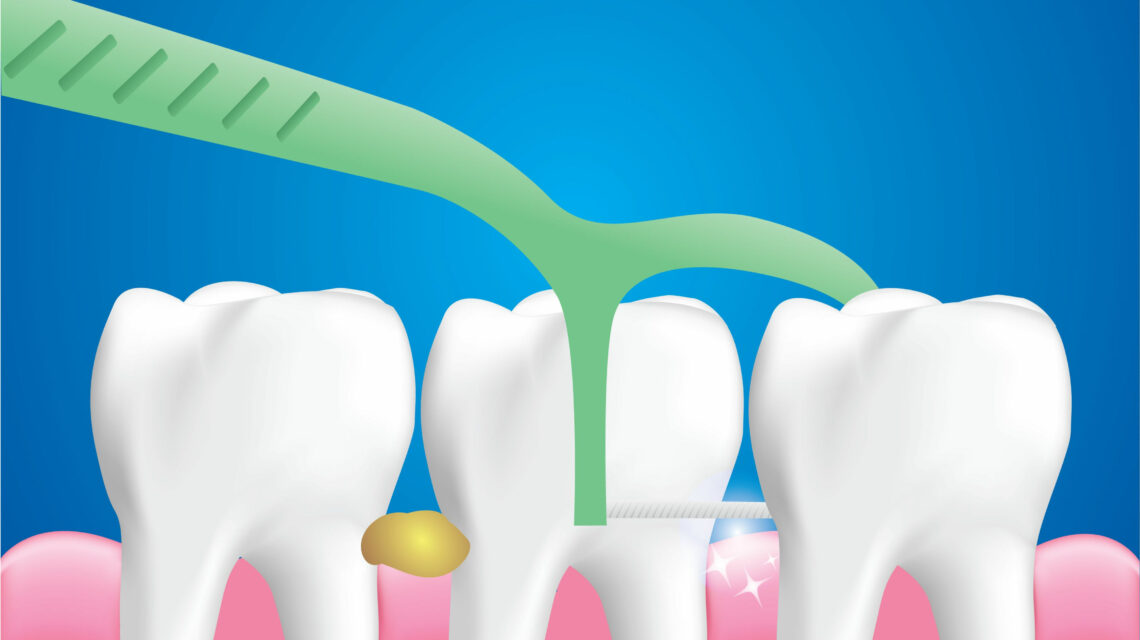

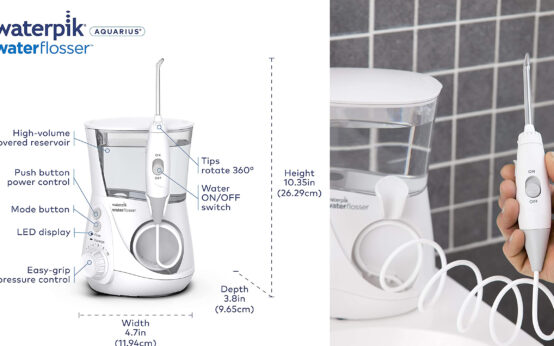 Waterpik Aquarius Water Flosser Professional Review
Waterpik Aquarius Water Flosser Professional Review